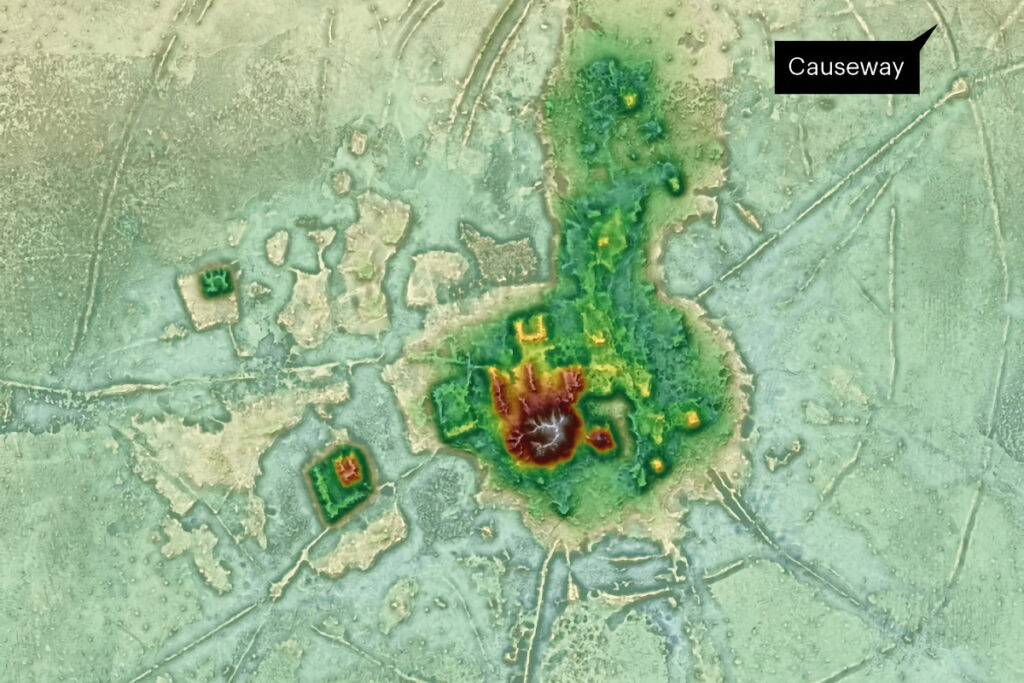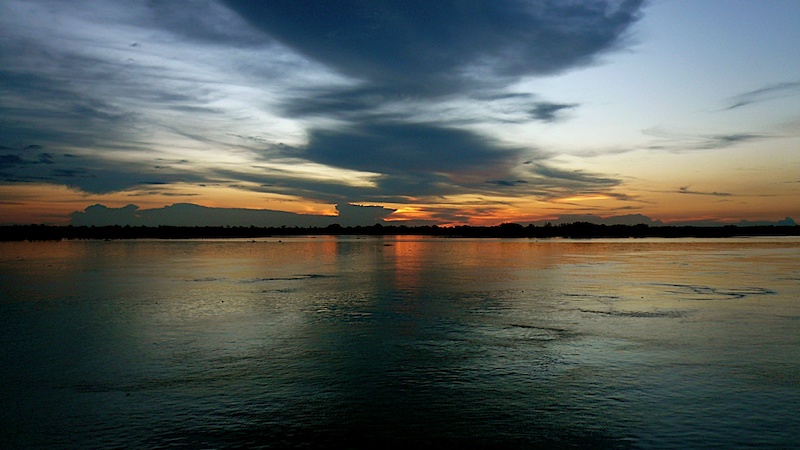In a groundbreaking study released last week, archaeologists have revealed an amazing discovery in the Amazon. As reported by Nature, a team of researchers has found the remains of ancient settlements in the river basin, a place that was thought to have been untouched by man until the arrival of Europeans.
This discovery turns centuries of history on its head, revealing a civilization that existed in a place where most felt it was impossible. The archaeologists who made the discovery say there are still many questions that need answering but describe the complexity and scope of the settlements as “mind-blowing.”

Densely Populated Urban Centers
Historians and archaeologists have known that man has occupied the Amazon Basin for at least 10,000 years. But until now, it was widely believed that the humans that lived along the planet’s mightiest river did so only in small tribes. The discovery detailed in the report indicates that the ancient settlements that have been identified were surprisingly large in size and were densely populated urban environments. In other words, cities that were home to a lot of people.
Today, the structures that made up these cities are covered in mud and foliage and sit in the southwest corner of the river basin. Conventional wisdom amongst historians had long held that the thin soil found in the Amazon wasn’t rich enough to support the large-scale agriculture needed to support a large civilization. And while rumors and myth persisted of ancient cities located in the jungle, there was little evidence to support those stories.
The research team behind the current report used lidar—high-tech equipment that uses laser to penetrate the rainforest canopy—to scan the unusual mounds back in 2019. It has taken until now to review all of the data and identify the identify the structures that are hidden underneath. What the found surprised and shocked them in terms of sophistication and size.

The Casarabe Civilization
The initial research began following the discover of remenants of the Casarabe people in the area. This mysterious tribe existed in the southwest Amazon basin around 1500 years ago, although not a lot is known about them. While exploring the mounts, archaologists came across a stone wall, grave platforms, and other indications of a permanent settlement. It was based on those findings that they decided to use lidar to see what they could find.
After sweeping the area with the lidar technology installed on a helicopter, the scans were reviewed and the scope of the Casarabe civilization began to be made clear. The researchers were able to idnetify 26 urban areas—including 11 that they weren’t expecting to find. Those ancient settlements include 22-meter (72 feet) tall earthen pyramids and extensive elevated road system that connected the cities.
To put the size of the find in perspective, two of the individual settlements covered an area larger than 100 hectares or roughly three times the size of the vatican. Several of the urban centers had six-meter tall walls surrounding them and it is belived that the Casarabe lived in neighborhoods that sat in the shadow of the pyramids.
Abandoned Settlements
According to the study, the Casarabe came to prominance around 500 AD and occupied the cities for 900 years. After that, the ancient settlements were abandoned for some unknown reason and the civilizaiton disappeared. What became of them remains a mystery.
By the time Europeans arrived in the region in the 16th century, the jungle had reclaimed the ancient cities. To anyone passing by, the mounds just appeared to be islands in the river, with no indication of what lay underneath. If it weren’t for the use of lidar—something that has been used extensively by other archaeolgical expeditions—the cities probably would never have been found.
This discovery also gives some credance to the legends of Amazon cities of gold that tempted Spanish conquistadors for decades. To other tribes living in the river basin, this large civilization must have appeared to be unbelievably advanced and wealthy. It could also give credance to the idea that such civilizations could have exited elsewhere in the region, hinting at other major discoveries yet to be found.
I’ve said it before and I’ll say it again. Lidar is an incredible technology and everytime a discovery like this one is made, I can’t help but wonder what else is out there, waiting to be found. I also can’t wait to find out.
- Gear Review: The Xero Scrambler Mid is an Ultralight Hiking Shoe for Spring - March 1, 2023
- Gear Review: Yeti Roadie 48 Wheeled Cooler - August 18, 2022
- Kristin Harila Continues Pursuit of 8000-Meter Speed Record - August 16, 2022
